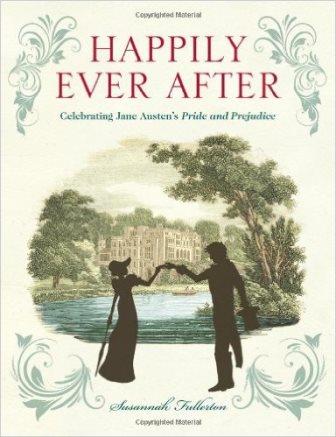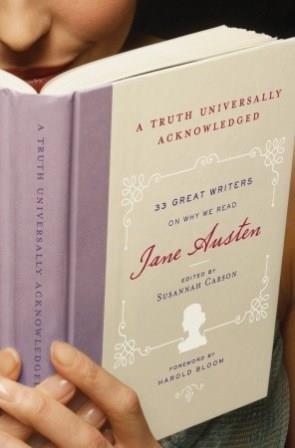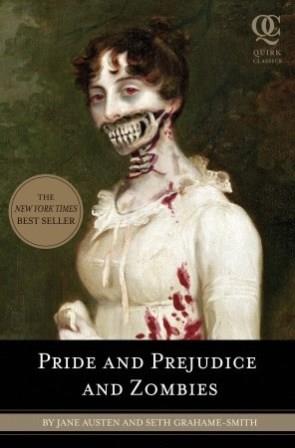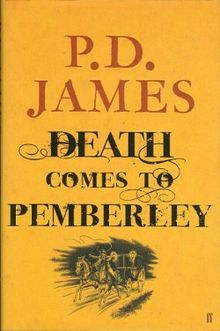
It’s a truth widely known that I love Jane Austen.
And, as always, when I’m interested in a topic, I enjoy reading about it, so I’ve gradually built up a collection of materials on Austen. This is one of my latest finds (thank you Waterstones!) and it does exactly what it promises to do: celebrates Austen’s most well-known novel, ‘Pride and Prejudice’.
What’s it about?
Everything P&P related: the writing process, popular and critical response, the style, the characters, the presentation, the adaptations and the merchandise. Fullerton devotes a chapter to each aspect and adopts a broadly chronological approach which concludes with a consideration of the book’s future.
What’s it like?
Easy and enjoyable to read. Informative. From the first chapter we are treated to what feels like a knowledgeable narrator, imparting nuggets of widom about a wide range of relevant aspects. Often the information heightens our understanding of the text: for example, it transpires that Elizabeth’s cheeky comment to Darcy and Bingley’s sisters about the picturesque could be perceived as a coded insult.
‘By telling them that they are picturesquely grouped, Elizabeth is implying that Darcy is a bull, and that the Bingley women are cows’.
While the organisation of ‘Happily Ever After’ means you can easily focus on the areas that interest you, I found only one chapter failed to hold my interest. Fullerton’s discussion of illustrations of ‘Pride and Prejudice’ struck me as list-like and, frankly, rather dull, but otherwise this feels almost as light and sparkling as the book it examines. This is perhaps because Fullerton tends to discuss the characters as if they are real people.
‘[Darcy] feels forced to be honest in his first proposal…his honesty prevents him from easily enduring fools and bores’.
It’s clear that Fullerton has a ‘vision’ of each character and she helpfully explores how Austen creates those perceptions.
I found the chapter on translations particularly interesting, though I’m glad I don’t have to read any of these (usually sadly diluted) transformations!
Final thoughts
Occasionally it seems Fullerton is reading too much into Austen’s work, particularly when she speculates that Kitty had TB, based on one coughing fit referred to in chapter two! However, this is not exactly a unique quality in a literary critic, and is elsewhere more than balanced out by a range of perceptive comments.
This is an interesting read for fans of the novel that should add a little extra depth to many readers’ interpretations.
Recommended.


